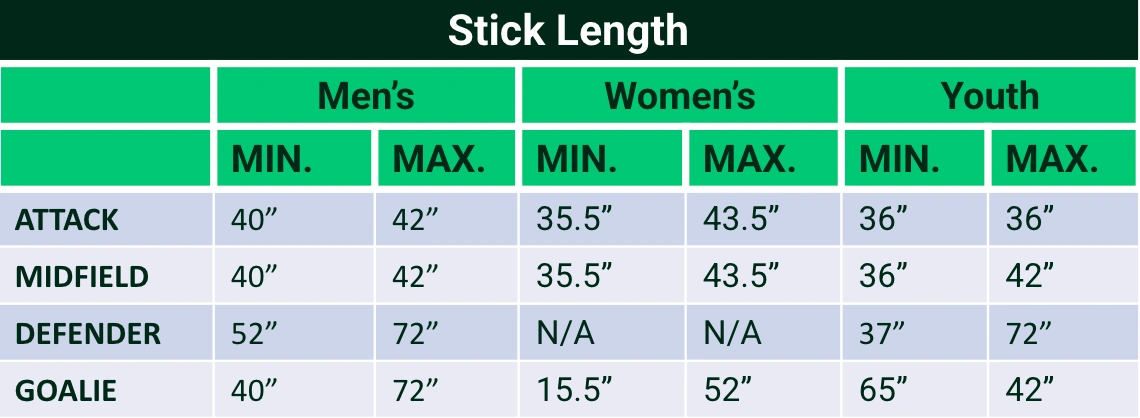Lacrosse Shafts By Position
The choice of lacrosse shaft can significantly impact a player's performance. Different positions have specific needs. Here's a breakdown of shafts by position:
- Lightweight: These shafts are typically made of carbon fiber, prioritizing speed and agility.
- Flexible: They offer flexibility for quicker stickhandling and shooting.
- Short Length: The shorter length enhances maneuverability in tight spaces.
- Heavyweight: Defense shafts are often made of metal or a combination of metal and carbon fiber, providing durability and strength for physical play.
- Stiff: A stiffer shaft offers better stability and power for checking and clearing the ball.
- Longer Length: The longer length provides additional reach and leverage for defensive maneuvers.
Face-Off Shafts
- Durable: Face-off shafts are built to withstand the physical demands of face-offs, often featuring reinforced construction.
- Customizable: Many face-off shafts allow for customization of the butt-end to fit a player's specific grip and style.
- Extra-Long: Goalie shafts are significantly longer than those used by field players, providing additional reach to defend the net.
- Durable: They are built to withstand the impact of shots and saves.
- Specific Grip: Goalie shafts often have a unique grip design to facilitate catching and blocking shots.
Remember, these are general guidelines. Individual preferences and playing styles may vary.









